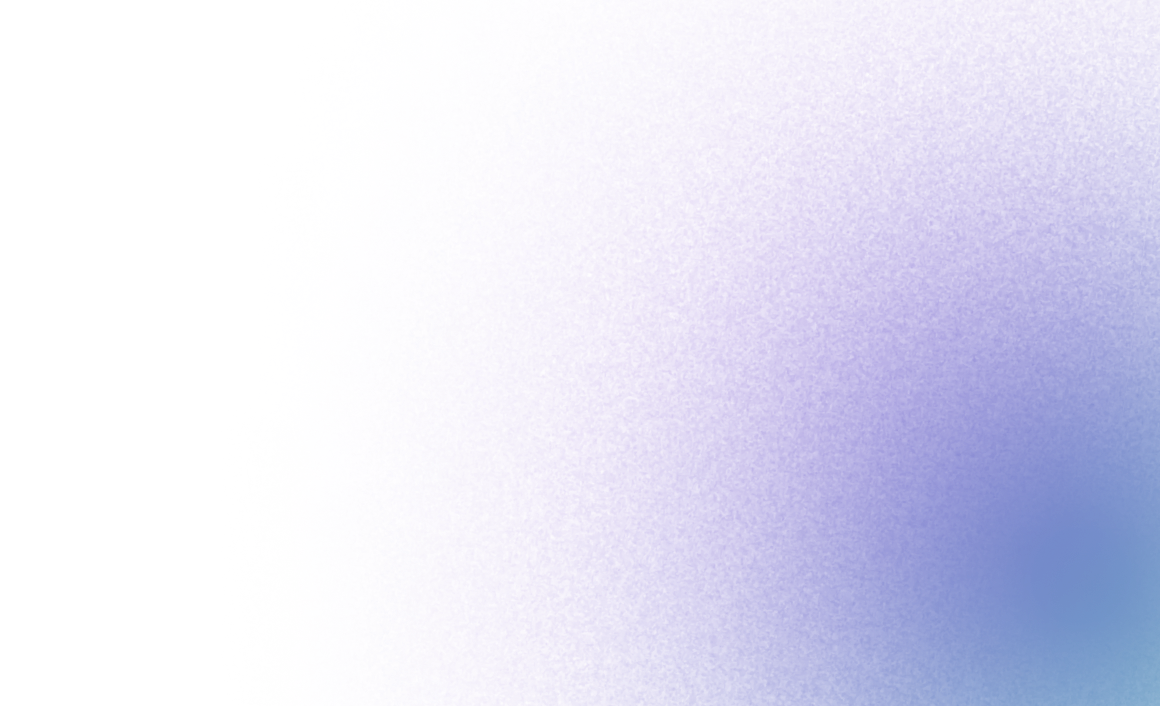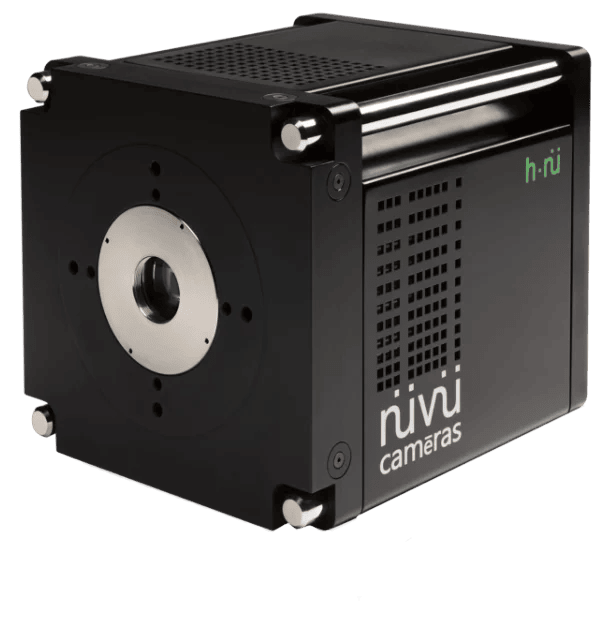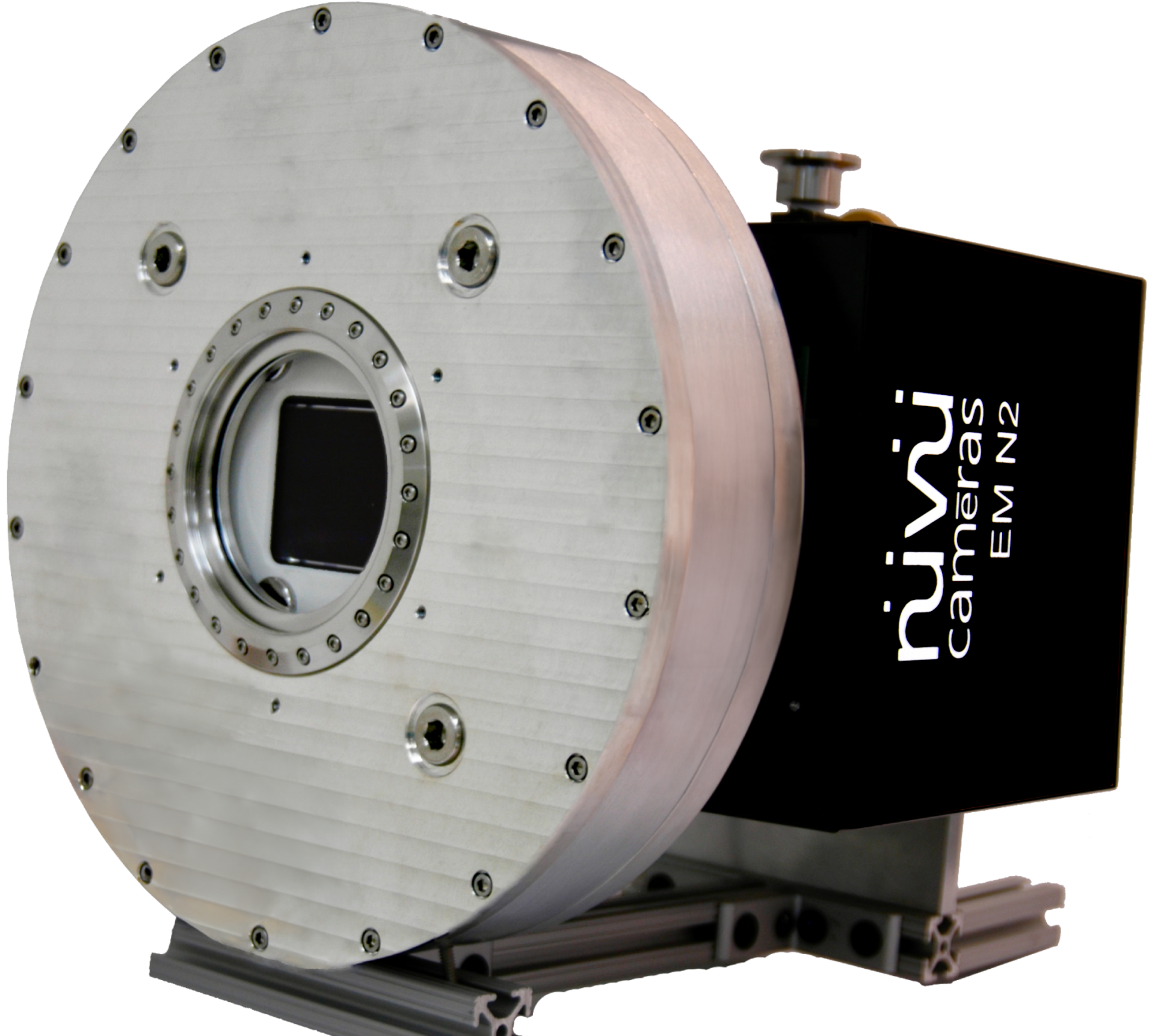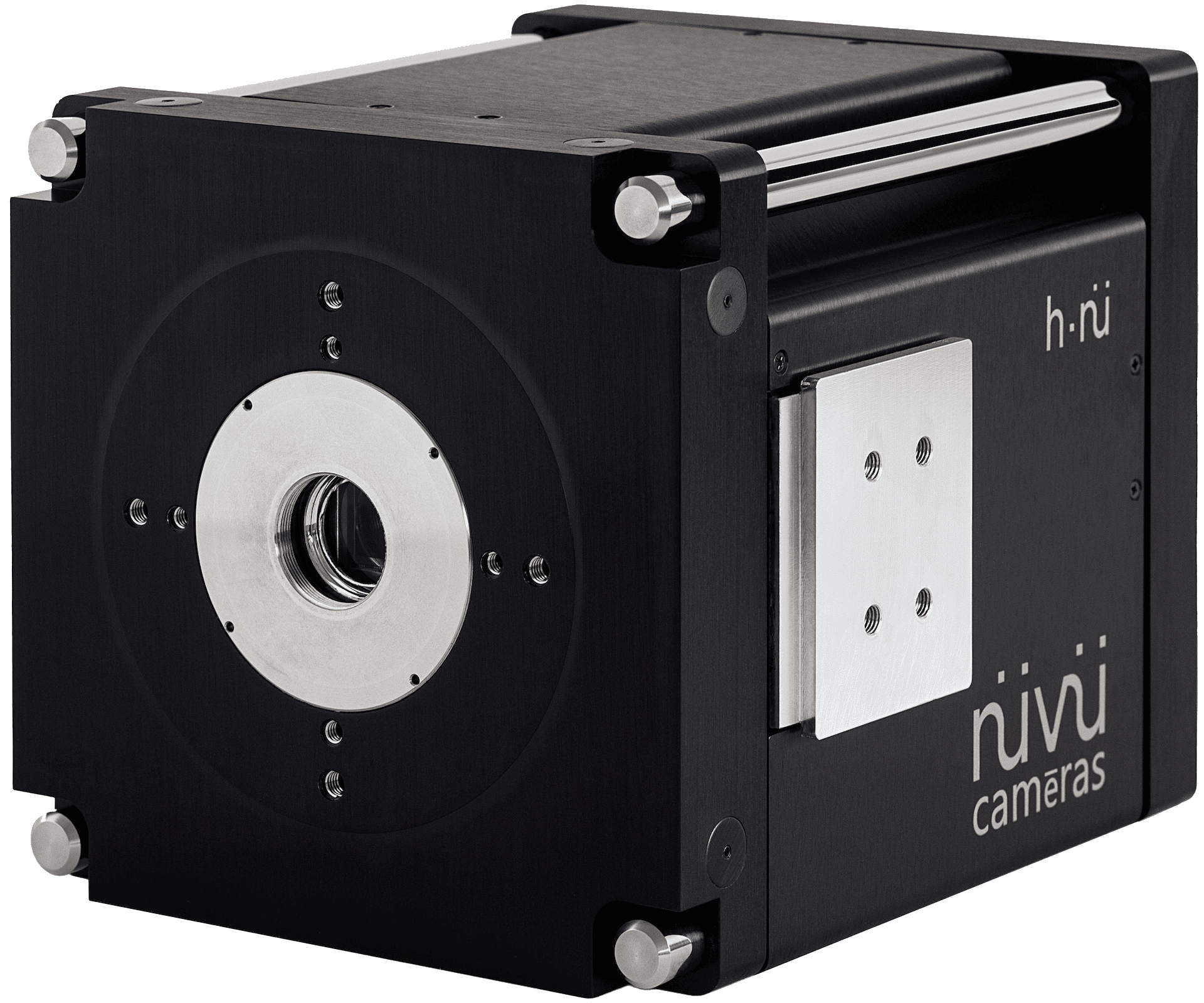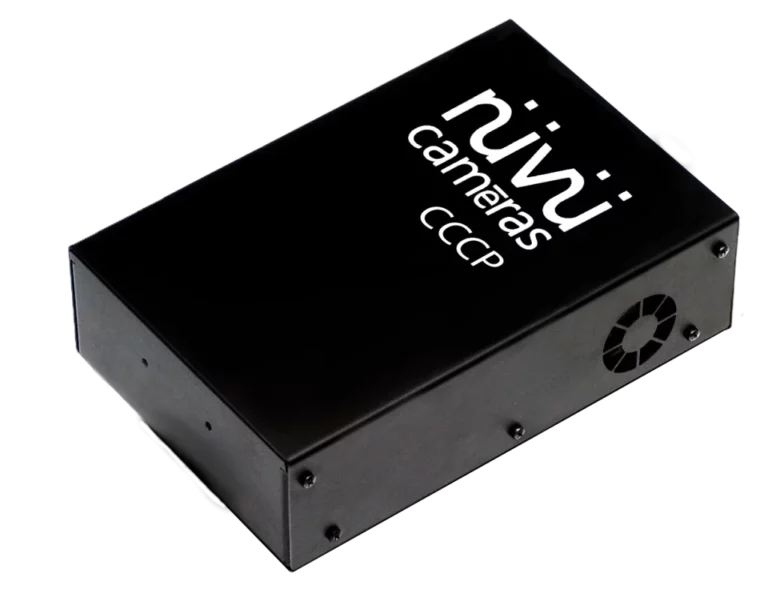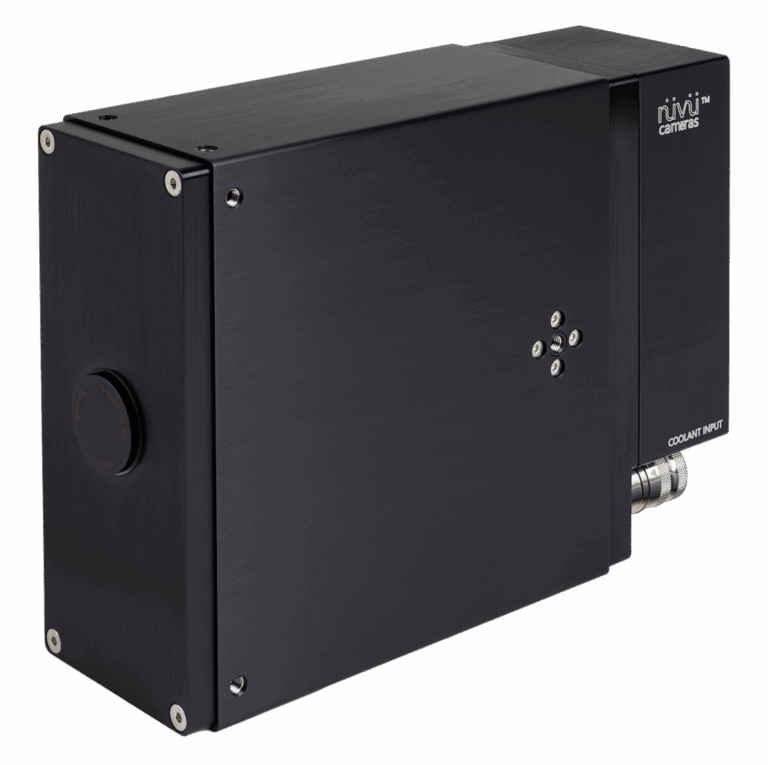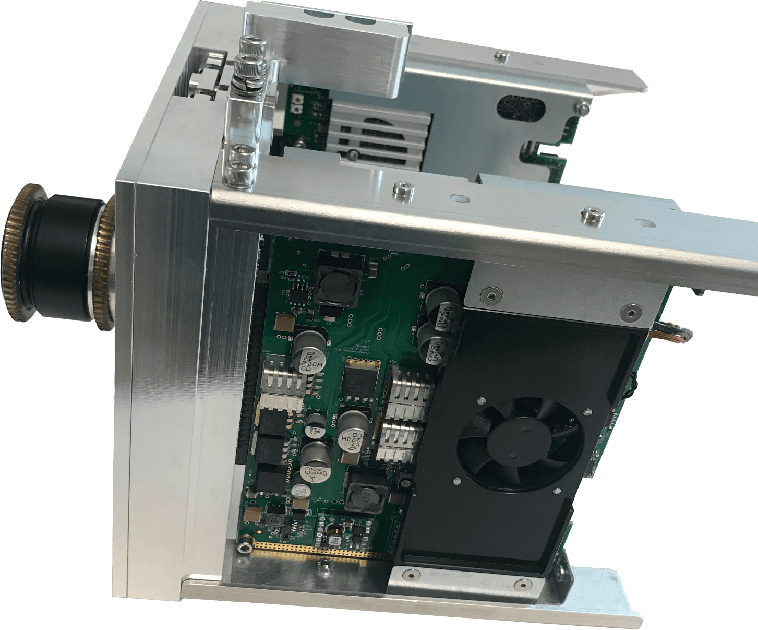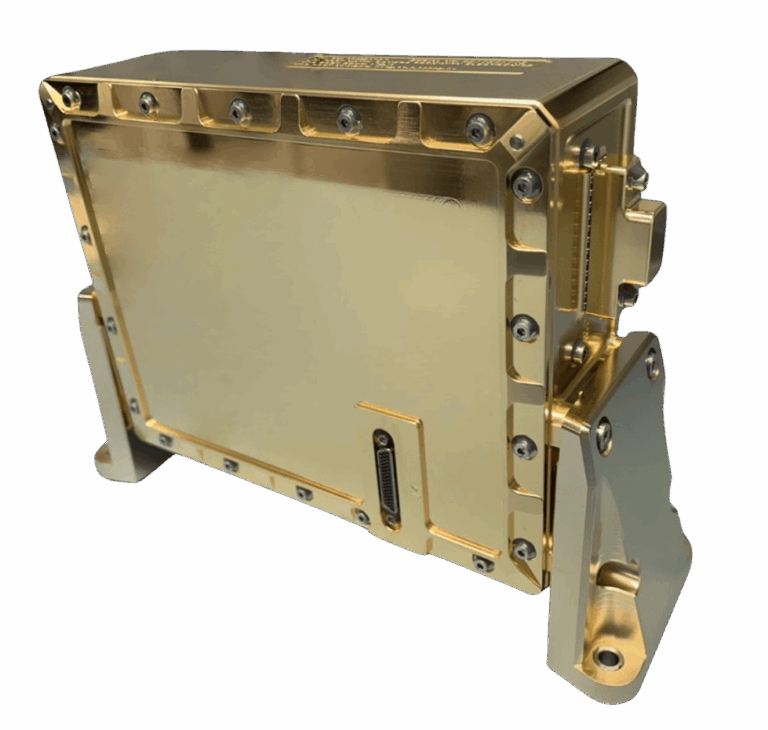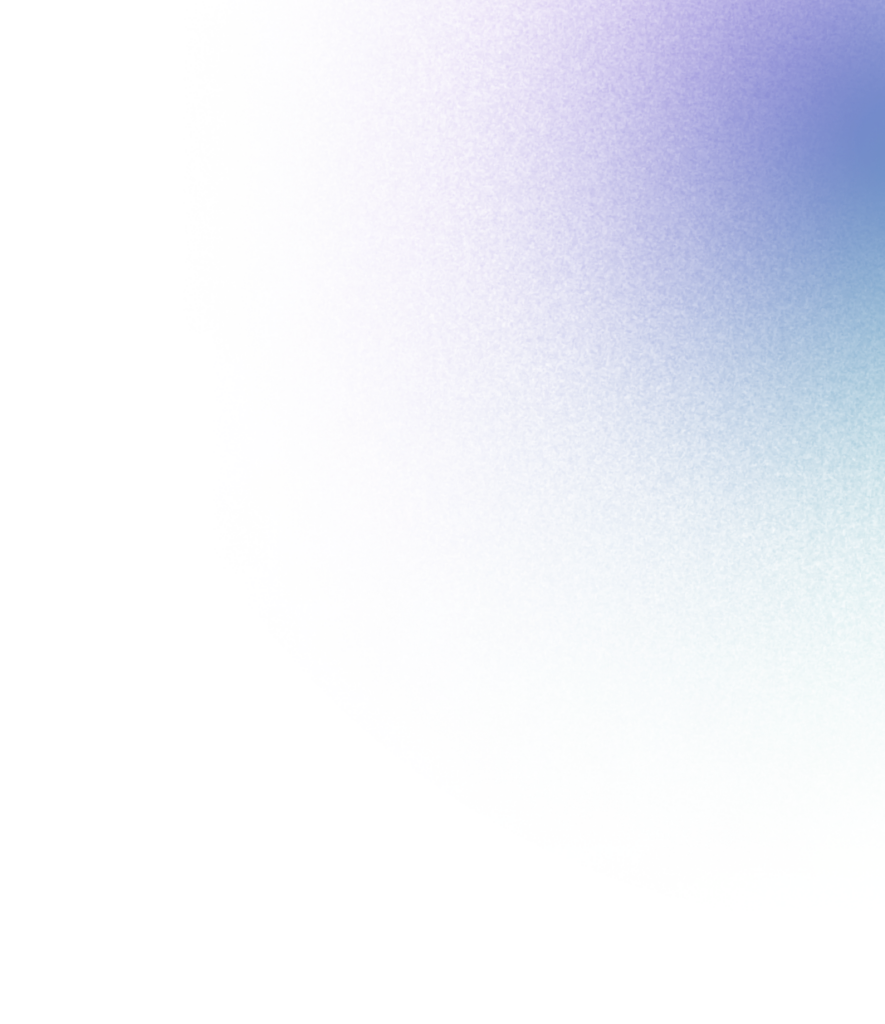
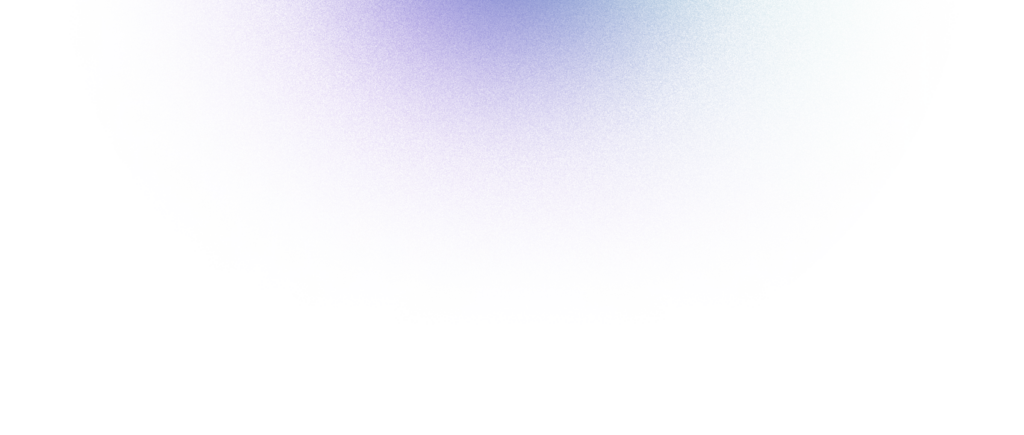

Photonics
Low-Light EMCCD Cameras
Supplier :
- Optimization for single-photon imaging
- Optimize CIC and dark current to their ground level
- Highest quantum efficiency
Image dynamic events and interactions at the smallest scales with remarkably short exposures and over large spectral ranges with Nüvü Camēras’ unmatched noise specifications, enabling you to push the frontiers of knowledge with less concern over technical limitations.


Nüvü’s first strength is in the development of electronic controllers unlocking the full capacities of high-end CCD & EMCCD detectors for maximal performances in demanding low light applications both on earth and in space.
ABOUT
SYSTEM FEATURES
Massive reduction in Clock Induced Charges (CIC)
CIC is generated during charge transfer in a CCD sensor. This parasitic noise imitates a true photonic signal and distorts low-light measurements.
CCCP precisely adjusts clock signal shape, amplitude and rise/fall times to minimize CIC generation.
Result: up to 3 times less CIC than competitors.
Down to < 0.001 electron/pixel/frame
Darker EMCCD — Less noise
The darkest EMCCD cameras are manufactured by Nüvü Camēras. The secret? The CCD Controller for Counting Photons (CCCP), an innovative technology that virtually suppresses clock-induced charges (CIC), and a cooling Peltier unit integrated into an ingenious packaging. The thermoelectrically cooled HNü camera operates between -60 and -90°C with outstanding precision to optimize CIC and dark current to their ground level. The images below illustrate the accumulation of dark current when the shutter is closed. The darker the image, the less noise is present.
Performance in pure photonic imaging
With common suppliers, photon-counting mode is often activated via software processing, which increases false positives and masks artifacts (if the CIC is too high).
Nüvü produces cleaner images as soon as they are physically read, with less post-processing required.
higher EM Gain (up to ×5000)
Nüvü uses a patented CCCP controller that greatly reduces charge injection noise (CIC) thanks to optimized clocks.
This enables EM gains of up to ×5000 to be achieved without compromising quality, unlike other systems where a high CIC renders the high gain unusable.
The result: clean, stable detection of single photons, ideal for ultra-sensitive quantum experiments.
Deep cooling (-100 to -120°C)
Thermoelectric or liquid nitrogen cooling
Thermal noise reduction → improved fidelity for long or slow quantum measurements.
4K EMCCD camera available.
Accurate synchronization (TTL, FPGA)
Compatible with laser pulses, RF, quantum manipulation sequences.
Perfect for time-controlled experiments (ODMR, g²(τ), quantum feedback…)
PRODUCT
SPECIFICATIONS
HNü 128 128x128 EMCCD
- Digitization : 16 bits (HNüγ ) 14 bits (HNüΩ)
- Electron-multiplying gain : 1 - 5000
- Minimum cooling Tº via air cooling : -60ºC
- Minimum cooling Tº via liquid cooling : -70ºC
- On-chip temperature stabilization ± 0,010C
- Quantum efficiency : > 90% at 600 nm
- EM register pixel well depth : 800 kē
- Spectral range : 250 - 1100 nm
- Triggering : Internal or external Selectable signal polarity
- Timestamp resolution : 4 ns
- Readout noise through : EM channel with electron multiplication < 0.1ē @ 20 MH
- Vertical clock speed : EM 0.1 μ
- Charge transfer efficiency : > 0.999980
- Single photon detection probability (EM gain = 5000 at 10MHz) : > 91%
- Imaging area : 128 × 128 pixels 24 μm × 24 μm pixel area 3.1 mm × 3.1 mm effective area
HNü 512 512x512 EMCCD
- Digitization : 16 bits (HNüα & HNüγ ) 14 bits (HNüΩ)
- Electron-multiplying gain : 1 - 5000
- On-chip temperature stabilization : ± 0,01°C
- Minimum cooling T° via air cooling : -85°C (HNüα )-60°C (HNüγ & HNüΩ
- Minimum cooling T° via liquid cooling : -90ºC HNüα )-70°C (HNüγ & HNüΩ)
- Quantum efficiency : > 90% at 600 nm
- EM register pixel well depth : 800 kē
- Spectral range : 250 - 1100 nm
- Triggering : Internal or external Selectable signal polarity
- Timestamp resolution : 4 ns
- Readout noise through : EM < 0.1ē @ 20 MHz Conv 3ē @ 100 kHz
- Vertical clock speed : EM 0.33 - 0.5 μs Conv 0.3 − 5 μs
- Charge transfer efficiency : 0.999993
- Single photon detection probability at 10 MHz (EM gain = 5000) : > 91%
- Imaging area : 512 × 512 pixels 16 μm × 16 μm pixel area 8.19 mm × 8.19 mm effective area
HNü TDI Scanning CCD
- Line rate : 103 kHz
- TDI transfer direction : Unidirectional
- Interface : Camera Link Extended Full
- Resolution : 4096 x 128 pixels
- Data rate : 30 MHz per output
- Pixel size : 12 x 12 μm
- Data format : 14 bits
- Outputs : 16
- Size (H W D) : 155.6 x 155.6 x 177.8 mm
- Mass : 5 kg
- Operating temperatures : 0ºC to 30ºC
- Sensor type : Back thinned
- Effective area : 49.152 mm x 1.52 mm
- Readout mode : Conventional
- TDI line rate control : Internal or external
- Full well capacity : 70k electrons
- Readout noise : 65 electrons
- Binning : Vertical, 1 to full binning
- Image processing : None
- Sensor cooling : Thermoelectric, to sub-zero °C
- Dark current : <130 ē/pixel/s @ 0ºC
HNü 240 240x240 EMCCD
- Sensor : CCD220
- Digitization : 14 bits
- Electron-multiplying gain : 1 - 5000
- Readout rate : 30 MHz
- Frame rate : Up to 3015 fps full frame
- First pixel latency : 35.5 μs
- Outputs : 8
- Effective readout noise : < 0.2 e with EM gain
- Cooling temperature :-45°C
- Background signal : < 0.003 e/pixel/frame at EM gain 1000
- Charge transfer efficiency : > 0.99997
- Linearity : < 1%
- Triggering : Internal or External
- Imaging area : 240 x 240 pixels 24 μm x 24 μm pixel area
- Quantum efficiency : > 95% at 650 nm
- Spectral range : 250 - 1100 nm
EM N2 LN2 cooled EMCCD
- EM N2 128 Specsheet, see the “documents annexes” section for EM N2 512 and EM N2 1024 Specsheets
- Digitization : 16 bits
- Electron-multiplying gain : 1 - 5000
- Minimum cooling temperature : -110°C
- On-chip temperature stabilization : ± 0,01°C
- Quantum efficiency : > 90% at 600 nm
- EM register pixel well depth : 800 kē
- Spectral range : 250 - 1100 nm
- Triggering : Internal or external Selectable signal polarity
- Timestamp resolution : 4 ns
- Readout noise through: EM channel with electron multiplication : < 0.1ē @ 10 MHz
- Vertical clock speed : EM 0.1 − 0.5 μs
- Dark current (All operating modes) : 0.0003 ē/pixel/s
- Charge transfer efficiency : > 0.999980
- Single photon detection probability (EM gain = 5000 at 10MHz) : > 91%
- Imaging area : 128 × 128 pixels 24 μm × 24 μm pixel area 3.1 mm × 3.1 mm effective area
Vacuum compatible cooling
- List of supported models HNü 128 HNü 240 HNü 512 HNü 1024 CCCP CCCPs
4K EMCCD solutions
- The 4K EMCCD is a unique high-resolution, low-noise EMCCD detector; perfect for applications with wide fields of view or high-resolution spectroscopy. The new EMCCD sensor features 4096 pixels x 4096 pixels, with 12 μm square pixel area, in a split-frame transfer architecture. The die size of the largest EMCCD detector is 104 mm x 51 mm with a total package size of 125 mm x 70 mm.
Custom
- Continuously challenged to provide innovative solutions, Nüvü Camēras’ focus is to meet the most demanding imaging projects. Wether it is for a specific camera readout mode, for demanding detector-cooling solutions, or for integrating a custom detector to our patented CCCP electronics, you can trust Nüvü’s team to rise up to the task and deliver a unique product to your specifications.
CCCP – controller
- The CCCP, Nüvü’s proprietary controller included in all its imaging products, uses an innovative clocking architecture and allows driving the CCD and the EMCCD in a unique way. CCCP’s design is optimized for the driving of EMCCDs as fast as 30MHz of pixel rate or for slow readouts to optimize low readout noise. Using this CCCP controller, the dominant photon counting source of noise with EMCCD cameras, the Clock Induced Charges (CIC), were reduced down to < 0.001 electron/pixel/frame (depending on the detector). Therefore, with the lowest background noise, Nüvü is the sole EMCCD camera manufacturer that offers cameras supporting EM gain up to 5000 for optimal photon counting performances.
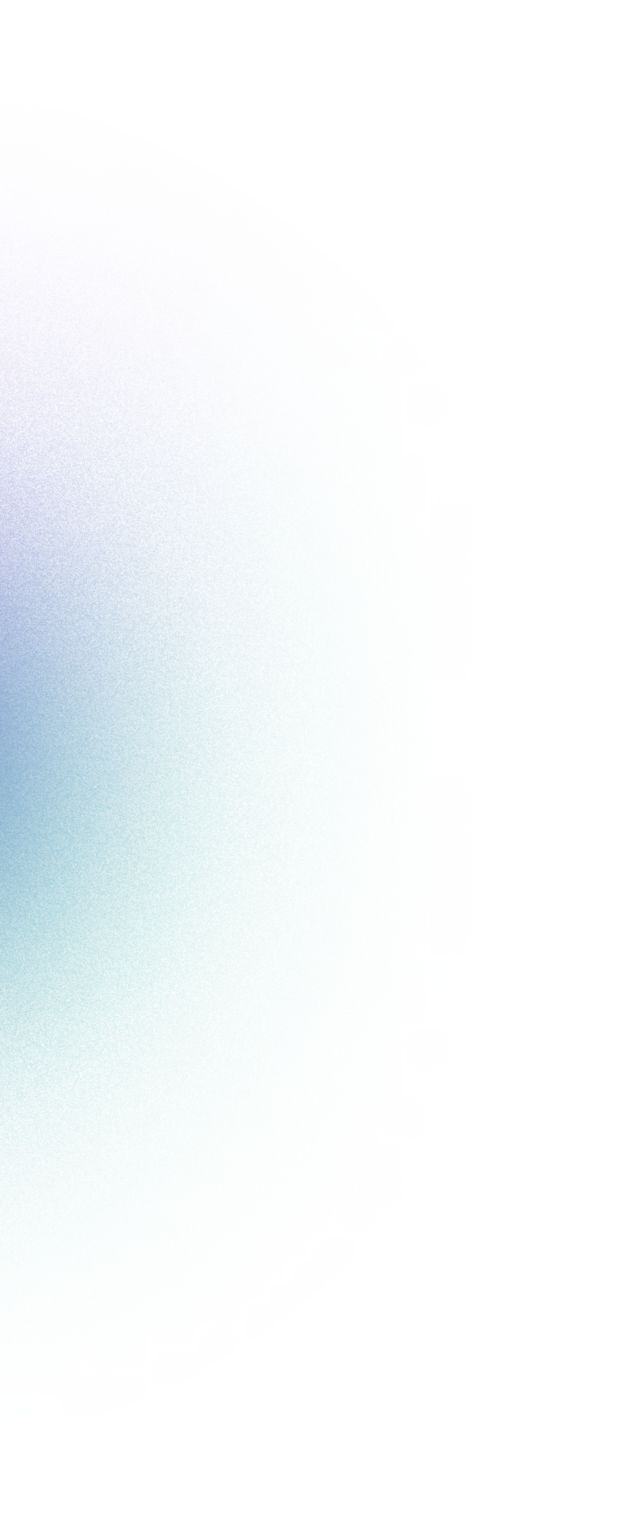
How and Why
GAME CHANGER ON THESE APPLICATIONS
1
Single-Photon Imaging of Cold Atoms
Ultra-low CIC → no false positives in photon counting
High EM gain (×5000) → detect weak atomic fluorescence
Spatially resolved imaging of each atom
2
Quantum Imaging of NV Centers in Diamond
High quantum efficiency at 637 nm
Clean photon-counting mode → high-fidelity spin readout
Triggered acquisition synchronized with microwave/laser pulses
3
Quantum Optics & Ghost Imaging
Full-frame photon-counting with ultra-low noise
Allows correlation of spatial modes between entangled photons
Better SNR than sCMOS or APDs for 2D experiments
4
Trapped Ion Quantum Experiments
2D spatial imaging with high pixel uniformity
EM gain ×1000–5000 enables clear “bright/dark” separation
Deep cooling (–100°C to –120°C) stabilizes performance
5
Characterizing photon sources
EM gain ×5000 + ultra-low CIC = clean signal
Capture clean, high-resolution beam profiles — even with just a few photons per second
reviews
they liked it
Riverlane Partners With Infleqtion And Nüvü Camēras to Help Quantum Computers ‘See’ Their Qubits
“We need to reach the scale where quantum computers can perform roughly a trillion reliable quantum operations – a threshold we call the ‘TeraQuop‘. Today’s quantum computers are only capable of a few hundred error-free operations. This project pushes us closer to this TeraQuop goal, but we cannot do this alone – and this is why collaboration with leaders like Infleqtion and Nüvü Camēras is vital, enabling the continued, long-term growth of quantum computing.”

We keep telling anyone who will listen that Qnity only works with suppliers who bring real new technical value to European researchers.
We didn’t think we’d find this in EMCCD technologies, and what a surprise it was when we discovered that there was a supplier with a brilliant technology (CCCP controller) that allows them to outperform all their competitors by almost an order of magnitude on the main figure of merit (CIC) of EMCCD imaging.
And on top of that, the value of Clock-Induced Charge(CIC) is the main limitation to very low-light imaging, characteristic of quantum applications.
Qnity has a strong conviction about the value that Nüvü cameras can bring to researchers, and that’s how we like to work.

